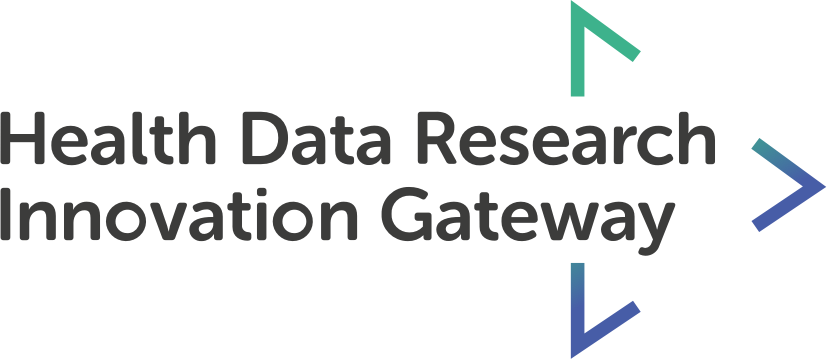Lay Summary
Aims/objectives
Extensive research considers associations between inpatient glycaemic control and outcomes during hospital admission; this cautions against overly tight glycaemic targets. Little research considers glycaemic control following hospital discharge. This is despite a clear understanding that people with diabetes are at increased risk of negative outcomes, following discharge. We evaluate absolute and relative Hba1c values, and frequency of Hba1c monitoring, on readmission and mortality rates for people discharged from hospital with diabetes.Methods
All discharges (n = 46,357) with diabetes from a major tertiary referral centre over 3 years were extracted, including biochemistry data. We conducted an evaluation of association between Hba1c, mortality and readmission, statistical significance and standardised Cohen's D effect size calculations.Results
399 patients had a Hba1c performed during their admission. 3,138 patients had a Hba1c within 1 year of discharge. Mean average Hba1c for readmissions was 57.82 vs 60.39 for not readmitted (p = 0.009, Cohen's D 0.28). Mean average number of days to Hba1c testing in readmitted was 97 vs 113 for those not readmitted (p = 0.00006, Cohen's D 0.39). Further evaluation of mortality outcomes, cohorts of T1DM and T2DM and association of relative change in Hba1c was performed.Conclusions
Lower Hba1c values following discharge from hospital are significantly associated with increased risk of readmission, as is a shorter duration until testing. Similar patterns observed for mortality. Findings particularly prominent for T1DM. Further research needed to consider underlying causation and design of appropriate risk stratification models.Authors:
Robbins T, Sankaranarayanan S, Randeva H, Keung SNLC, Arvanitis TN.
Original content: https://web.www.healthdatagateway.org/paper/33948220
